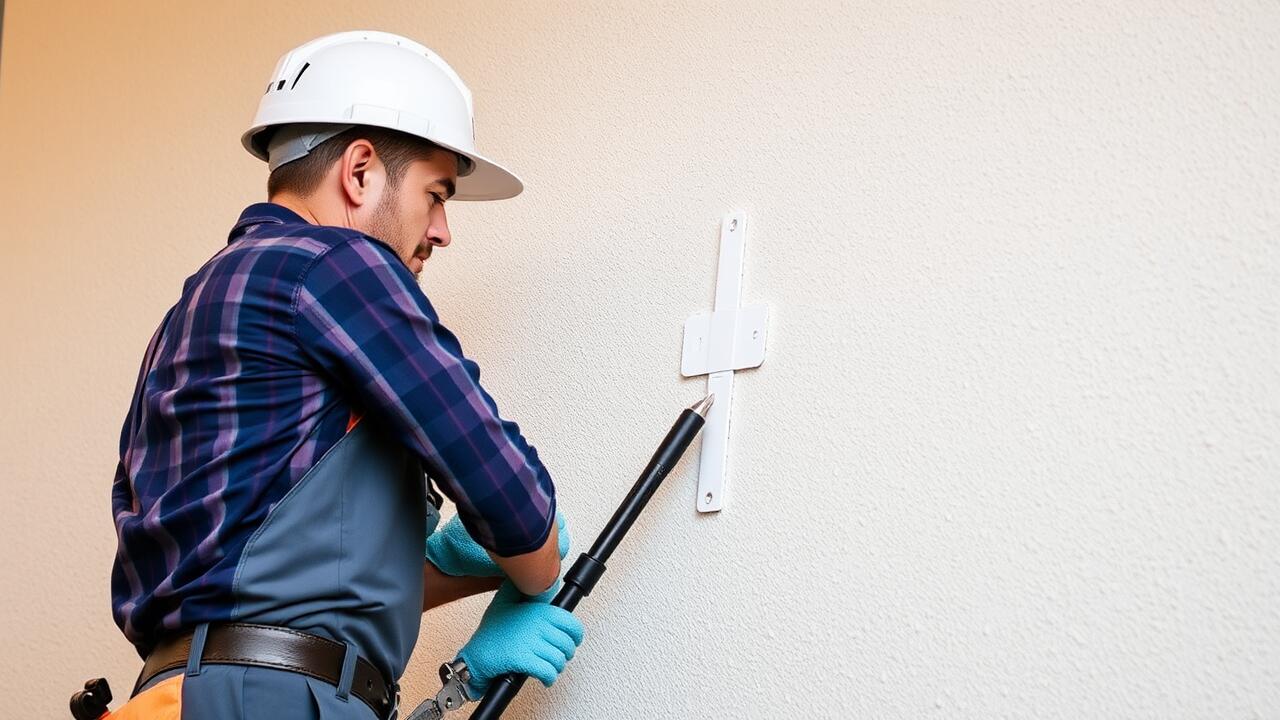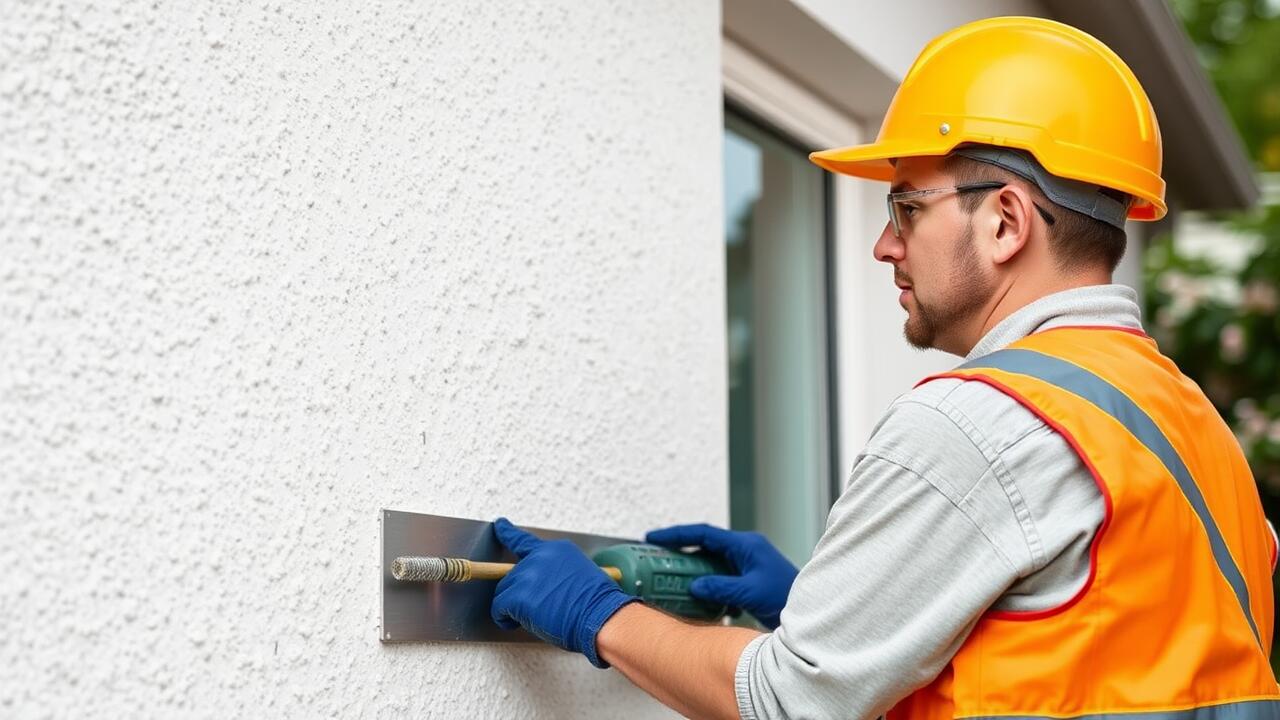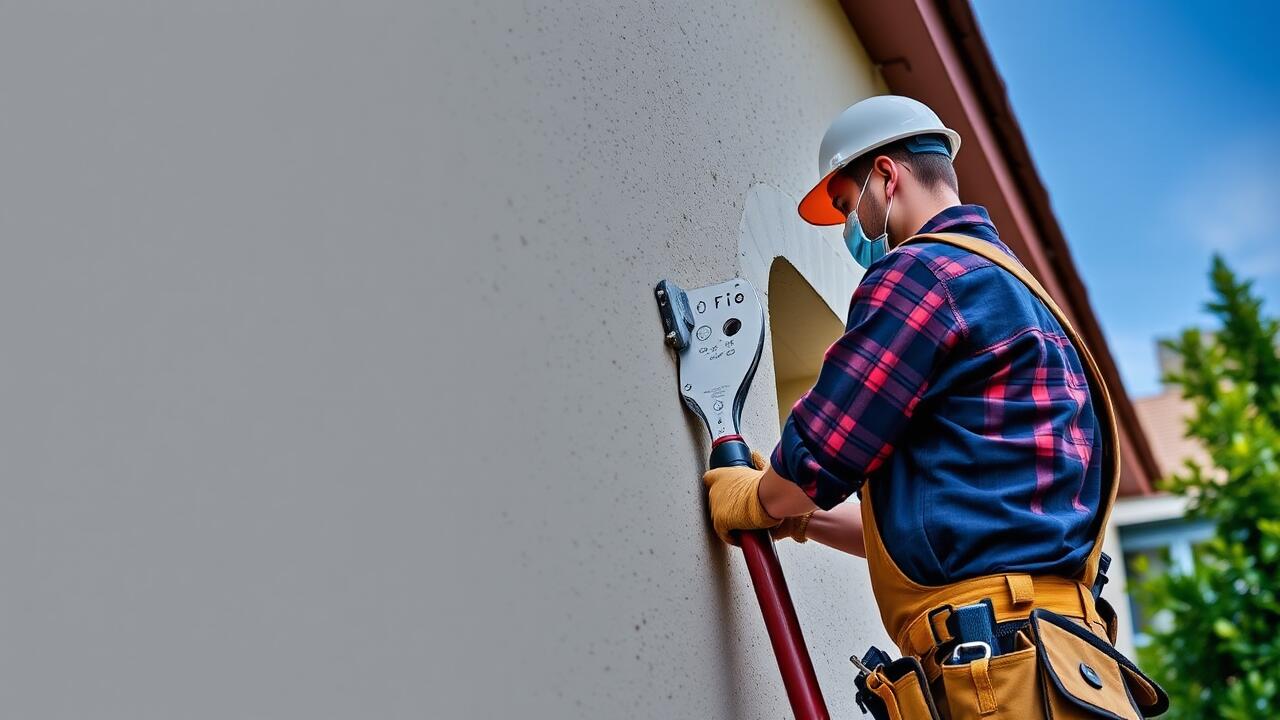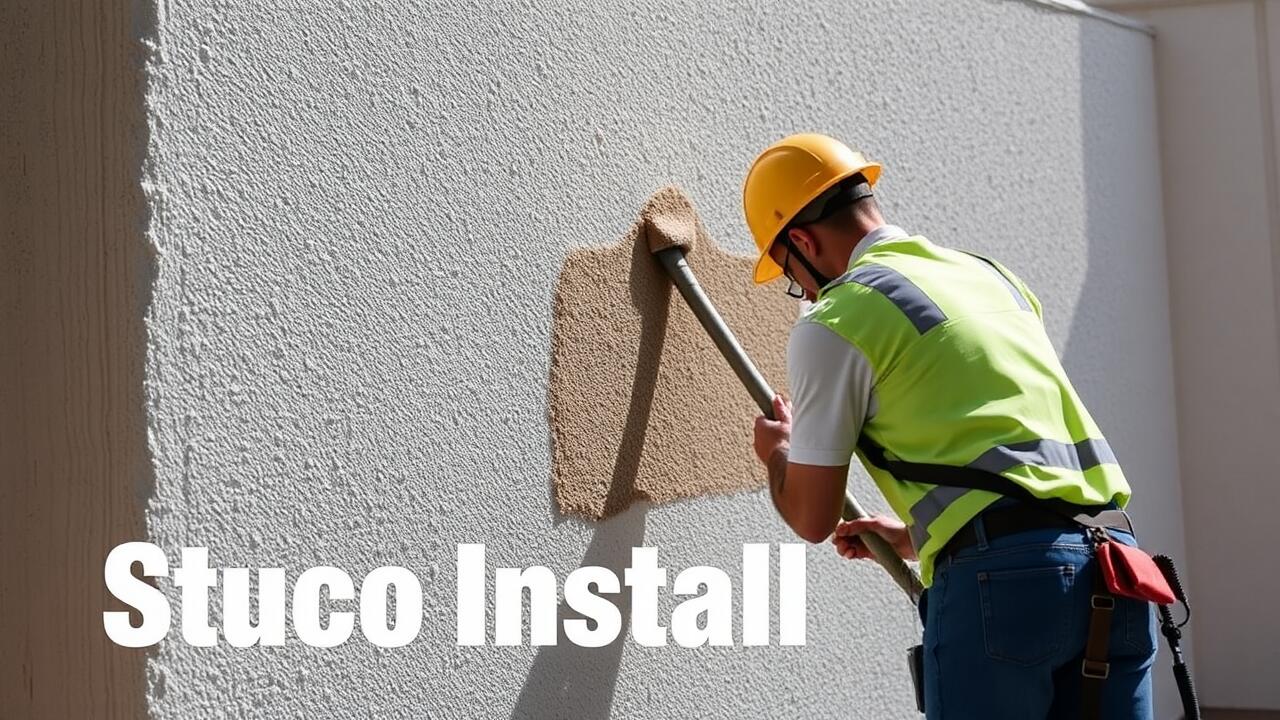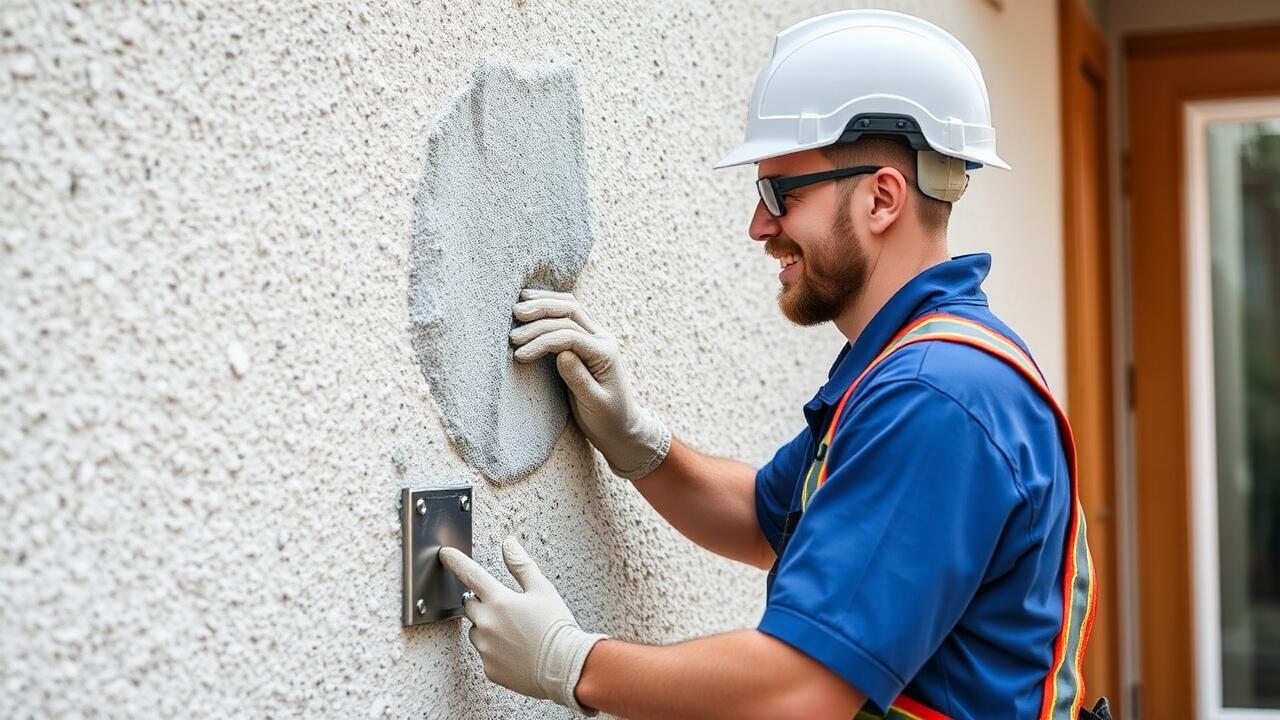
Spanish Lace in Home Decor
Spanish lace brings an intricate elegance to home decor, showcasing a unique blend of craftsmanship and artistry. Often used in table linens, curtains, and wall hangings, this delicate lace style adds a touch of sophistication to any room. The airy patterns and lightweight nature of Spanish lace create a soft ambiance, making it a popular choice for both traditional and contemporary interiors. Homeowners frequently seek local artisans to source authentic pieces or consider DIY projects to incorporate this historical textile into their living spaces.
In addition to textiles, Spanish lace motifs can be integrated into furniture and architectural elements. Intricate lace work can be seen in carved wooden furniture or even as accents on ceilings, blending seamlessly with stucco installations. Many interior decorators recommend local resources for these installations, making it easy to search for “Stucco Installation near me.” This method not only enhances the aesthetic appeal but also pays homage to Spain's rich cultural heritage.
Incorporating Lace into Interior Design
Spanish lace can be incorporated into interior design in various ways to create an elegant and textured atmosphere. Identifying suitable locations within a space is crucial. Consider using lace table runners for dining tables or lace curtains in windows to offer a soft, romantic touch. These elements not only add aesthetic appeal but also contribute to the overall ambiance, enhancing the design without overpowering it.
In addition to fabrics, introducing lace-inspired elements can enrich the decor. Decorative accents like lace-patterned wallpaper or lace-shaped light fixtures can seamlessly blend with other design components, providing a cohesive look. Homeowners should also consider professional services when it comes to structural elements, like stucco installation near me, which can complement lace details effectively. The combination can elevate the sophistication of any room, creating a harmonious environment that exudes charm.
Regional Variations of Spanish Lace
Spanish lace takes on unique characteristics depending on the region, reflecting local traditions and cultural influences. In Andalusia, for instance, lace designs are often intricate and flamboyant, mirroring the vibrant spirit of flamenco. In contrast, Catalonia showcases simpler, more geometric patterns that resonate with its modernist architectural ethos. This diversity not only highlights the region's artistic flair but also establishes lace as a key element in local craftsmanship.
In addition to variations in design, the materials and techniques employed can differ significantly from one region to another. While some areas might favor cotton or linen for their lacework, others could incorporate silk for a more luxurious feel. When considering how to integrate these beautiful textiles into your home, exploring local artisans is essential. Searching for "Stucco Installation near me" can yield not only potential contractors for home improvements but also connections to artisans who can provide authentic regional lace.
Differences Across Spain’s Regions
Spanish lace varies significantly across regions, reflecting local traditions and cultural influences. In Andalusia, the craftsmanship is often bold and intricate, showcasing the region's vibrant flamenco roots. This lace typically incorporates lively patterns and bright colors, making it a favorite for festive decorations. In contrast, Catalonia features lacework that emphasizes delicate detailing, often seen in traditional garments and ceremonial table settings. These intricate designs highlight the region's artistic heritage and its focus on elegance.
In the Basque Country, lace tends to be heavier and more textured, often used in functional household items. The designs here often echo maritime themes, reflecting the coastal lifestyle. Each area’s unique approach to Spanish lace makes it a versatile choice for various applications in home decor. When seeking to incorporate these beautiful fabrics, consider local artisans or businesses. Conduct a search for "Stucco Installation near me" to find professionals who can complement your lace decor with suitable architectural elements, creating a cohesive and inviting atmosphere.
Care and Maintenance of Spanish Lace
Caring for Spanish lace requires specific attention to ensure its beauty and longevity. Regular dusting with a soft cloth helps maintain its delicate texture. If more thorough cleaning is needed, a gentle hand wash with mild soap and cold water is recommended. Avoid wringing or twisting the lace as this may cause damage. Proper drying is essential; lay it flat on a clean towel and reshape it to its original form.
For those looking to enhance their decor while ensuring a cohesive look, combining Spanish lace with other elements can create a stunning visual balance. Incorporating architectural details, such as stucco, can elevate the overall aesthetic. If you’re contemplating this addition, searching for "Stucco Installation near me" can provide local professionals who can help harmonize the lacework with your home’s interior design.
Best Practices for Longevity
To ensure the longevity of Spanish lace throughout its use in home decor, proper care and regular maintenance are essential. Dusting the lace with a soft, dry cloth will help prevent the buildup of dirt and grime. Avoid using harsh chemicals or abrasive materials during cleaning, as these can damage the delicate fabric. If necessary, a gentle soap solution can be employed for deeper cleaning. Always air-dry lace pieces away from direct sunlight to prevent fading and deterioration.
When considering more significant installations, such as lace-inspired elements, professional assistance can provide peace of mind. Searching for services like "Stucco Installation near me" can lead to skilled artisans who understand how to integrate lace designs seamlessly into various home styles. Proper installation not only enhances aesthetic appeal but also ensures that the lace elements remain intact for years to come. Implementing these best practices will help preserve the charm and beauty of Spanish lace in any interior space.
FAQS
What is Spanish lace, and how is it used in home decor?
Spanish lace is a delicate, intricate lacework that often features floral patterns and is used in home decor to add elegance and texture. It can be incorporated into various elements such as curtains, tablecloths, and decorative pillows.
Are there different types of Spanish lace?
Yes, there are several regional variations of Spanish lace, each with its unique style and techniques. Notable types include Almagro lace, which is known for its bold designs, and the finer, more delicate laces from the Catalonia region.
How can I incorporate Spanish lace into my interior design?
You can incorporate Spanish lace by using it in window treatments, table settings, or as decorative accents on furniture. Layering lace with other fabrics can create a beautiful contrast and enhance the aesthetic of your space.
What are the best practices for caring for Spanish lace?
To care for Spanish lace, it is best to hand wash it in cold water with a mild detergent. Avoid wringing or twisting the fabric, and instead, lay it flat to dry. Store it in a cool, dry place, away from direct sunlight to preserve its color and integrity.
How can I ensure the longevity of my Spanish lace items?
To ensure the longevity of your Spanish lace, handle it gently, avoid exposing it to harsh chemicals, and keep it away from sharp objects that could snag the fabric. Regularly inspect for any signs of wear and address repairs promptly to maintain its beauty.
